Are you ready to elevate your garden flower photography and capture the vibrant essence of blooms with your camera? Discover essential tips and techniques that will help you take stunning, richly-detailed images that showcase the natural beauty of garden flowers.
- Key Takeaways
- Choosing the Right Time for Garden Flower Photography
- Camera Settings and Techniques for Capturing Beautiful Flowers
- The Art of Macro Flower Photography
- Using Natural Light to Enhance Garden Flower Photos
- Editing Tips for Eye-Catching Flower Photographs
- Capturing Garden Flowers in Different Seasons
- Summing Up Photography Tips For Garden Flowers
- Frequently Asked Questions
- How can I capture the beauty of garden flowers in my photographs?
- What equipment do I need for garden flower photography?
- How can I achieve a blurred background (bokeh) in my flower photos?
- What editing techniques can enhance my garden flower photos?
- How can I make my flower photos more visually appealing?
Key Takeaways
Choosing the Right Time for Garden Flower Photography
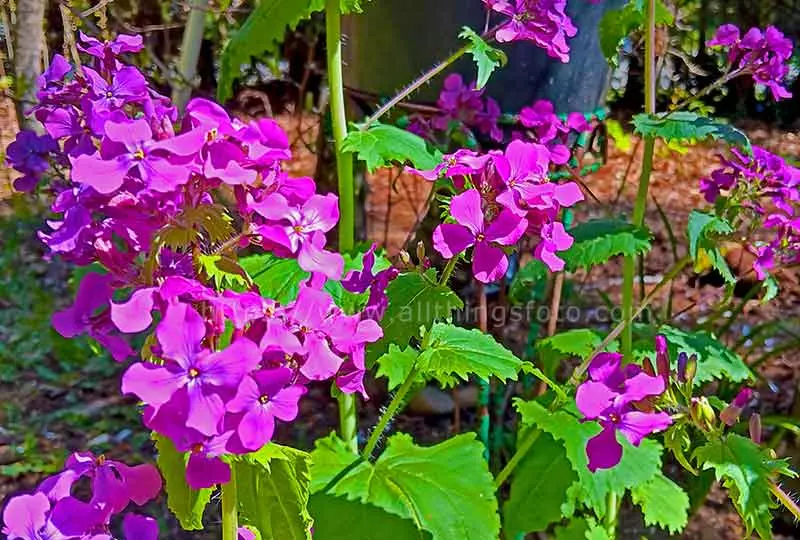
You might think any time is a good time to photograph your garden’s beautiful flowers. However, you might be surprised to learn that early morning or early evening are the ideal times for garden flower photography.
That’s right! These times of the day offer softer, more diffused light, affecting the mood and visual effects in your photographs, ultimately enhancing the beauty of your flowers.
Early Morning Light Or The Golden Hour
As the sun begins to rise, the early morning hours provide a unique opportunity to capture the freshness of dewdrops on flowers. This not only adds an extra element of interest to your images but also eliminates the need for flash, which can disrupt the natural appearance of the flowers.
Why not greet the day with the breathtaking beauty of pink flowers in your flower photography?
Late Afternoon Early Evening Light For Garden Flower Photographty
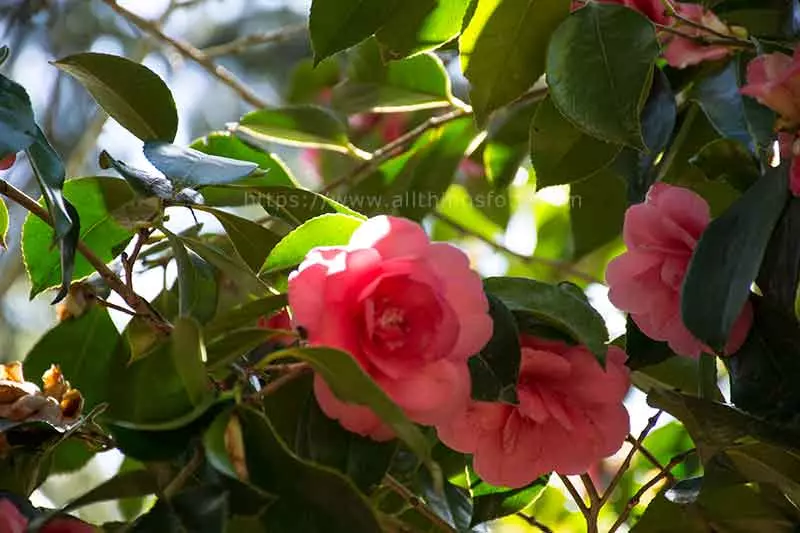
As the day winds down, the late afternoon and early evening light can create glowing images with warm, soft tones. This enhances the three-dimensionality and texture in the flowers, similar to what is observed during early morning light, making your flower garden look even more enchanting.
So, when the sun starts to descend, keep your camera ready for some remarkable photo opportunities.
Camera Settings and Techniques for Capturing Beautiful Flowers
Now that you know the best times for photographing flowers, it’s time to delve deeper into the technical aspects. Here, I’ll explore how adjusting the camera’s exposure settings can significantly impact the preservation of details in flower photography.
Whether you’re shooting in a brightly lit environment or in softer light, understanding the correct exposure can lead to more balanced and detailed photographs.
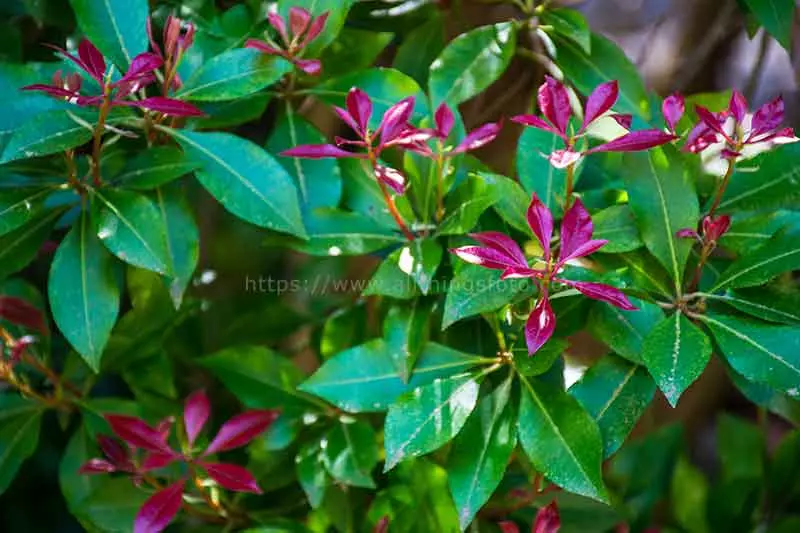
Aperture and Depth of Field
In the world of flower photography, the aperture plays a significant role. A large aperture setting reduces the depth of field, adding a softness or blur to the background, which can be desirable.
Alternatively, an aperture around f/8 to f/16 ensures the entire flower is in focus, providing sufficient depth of field while retaining sharpness.
Experimenting with aperture settings can help you achieve the desired effect, be it isolating the flower from its backdrop or capturing the entire bloom in sharp detail.
Shutter Speed and Stability
Shutter speed is another crucial factor in capturing stunning flower shots. Using faster shutter speeds helps to minimize motion blur, especially on windy days. Additionally, stabilizing techniques like using a tripod or hand-held shooting can be crucial to produce sharp and blur-free images.
Regardless of whether you’re capturing a tulip swaying delicately in the wind or the crisp details of a sunflower’s core, shutter speed and stability are essential.
Focus and Composition
Once you’ve got the basics of aperture and shutter speed down, the most important thing is to focus on, well, focus and composition. Adhering to the rule of thirds by placing key elements at intersecting lines enhances visual appeal and helps make the main flower subject stand out.
Changing perspectives, incorporating various focal points, and isolating a single flower are all ways to achieve a creative composition that draws the viewer’s focus to your chosen subject.
The Art of Macro Flower Photography
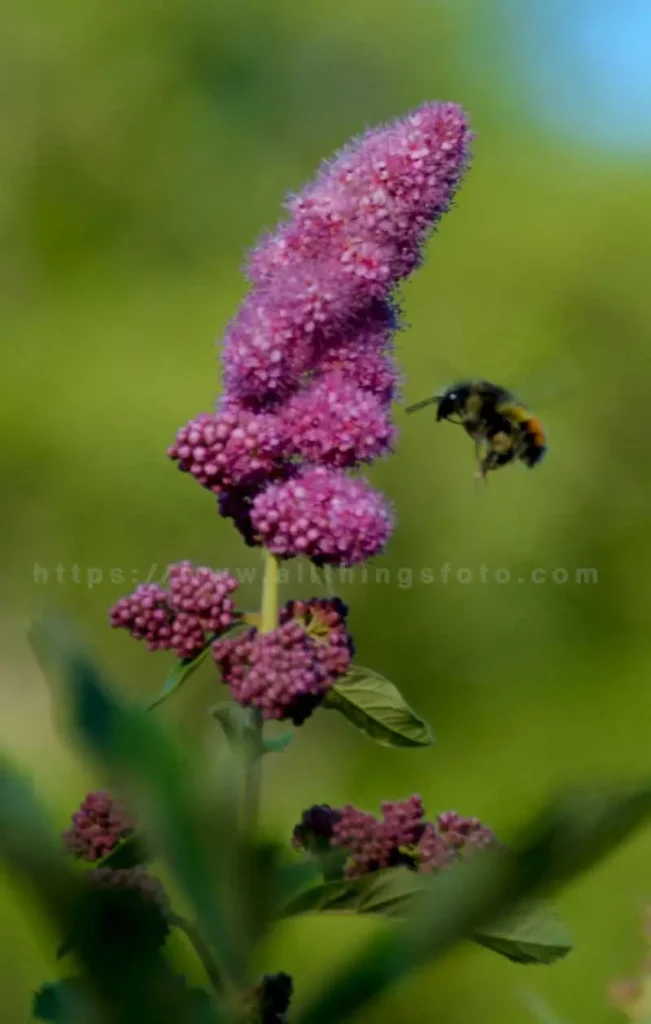
Now, imagine being able to showcase the intricate details and textures of flowers in close-up images. This is where the art of macro flower photography comes into play.
Using a dedicated macro lens allows you to capture the minute details of flowers by getting very close to the subject, revealing subtle textures and characteristics that are not visible to the naked eye.
Equipment and Techniques
In macro flower photography, the choice of lens, focus, and aperture settings are key. Here are some techniques that can help you capture fine details:
And don’t forget, a tripod is an invaluable ally for maintaining stability in macro photography.
Creative Approaches
Macro photography also offers a platform for creative expression. You can experiment with wide aperture settings, uncommon angles, and abstract compositions.
Capturing the dramatic beauty of flowers past their prime or altering hues through post-processing can also add a unique touch to your images.
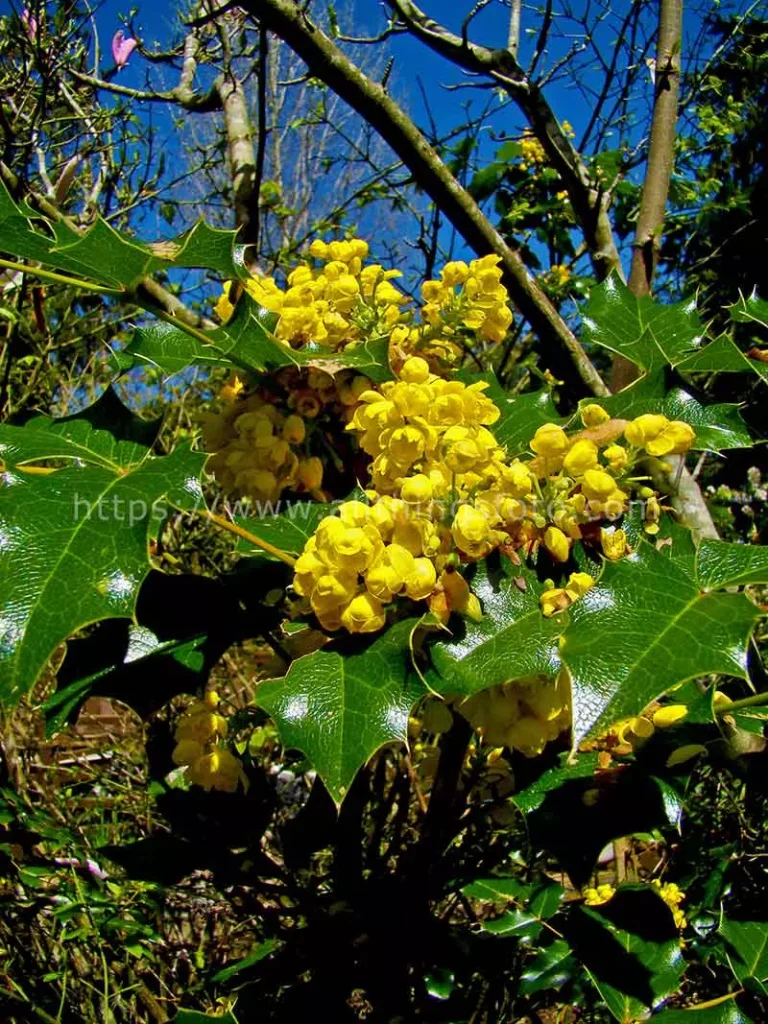
Using Natural Light to Enhance Garden Flower Photos
Lighting is one of the most crucial elements in any form of photography, and flower photography is no exception. Soft, diffuse light is generally preferred as it prevents harsh highlights and deep shadows, making for more attractive images.
The quality of natural light, including bright light, is especially important during early morning, late afternoon, twilight, or overcast days, which can minimize harsh shadows and prevent colors from being washed out.
Direct Sunlight vs. Diffused Light
When it comes to lighting, there’s direct sunlight and diffused light. Direct sunlight creates high-contrast images with sharp shadows and bright highlights, while diffused light results in lower-contrast images with softer shadows and highlights.
Overcast conditions can provide even lighting that enhances the vibrancy of colors and reveals subtle details and textures. Regardless of whether you’re shooting in bright sunshine or under cloudy skies, understanding how to manipulate the available light can be transformative.
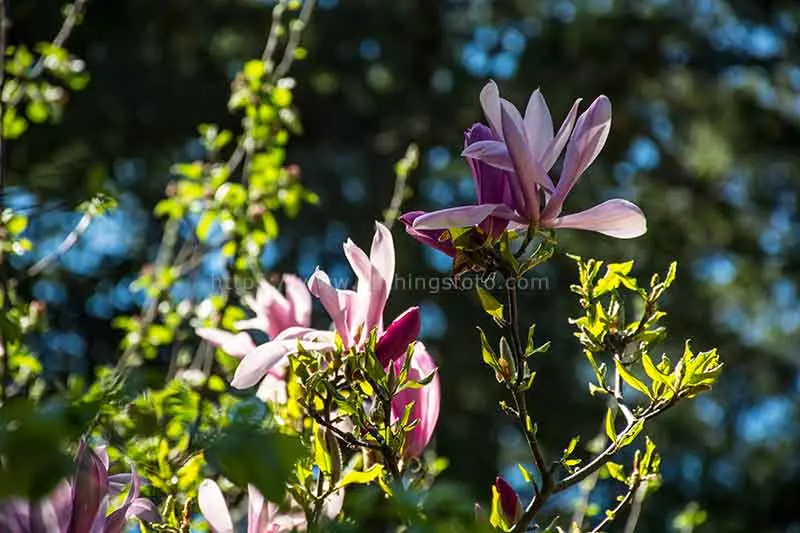
Working with Shadows
Shadows can be both a challenge and a creative opportunity in flower photography. The angle of natural light can create depth in your images, with side lighting effectively adding dimension through shadows. Shadows can also be employed creatively to emphasize patterns and symmetries, or to add a dramatic effect.
When shooting, make use of the shadows instead of avoiding them; they can become a powerful tool in your photography.
Editing Tips for Eye-Catching Flower Photographs
Once you’ve captured your flower photos, the next step is editing. Post-processing can significantly enhance your images, refining exposure, contrast, and color balance for a vivid and balanced image. Here, I’ll explore some editing tips that can turn your photos from good to great.
Color Adjustment
The first step in editing is color adjustment. Adjusting the exposure can correct for images that are overexposed or underexposed. Enhancing the vibrance of colors should be done gradually to prevent oversaturation, which can lead to an unnatural appearance.
Individually adjusting the saturation and luminosity of specific colors, including pink, allows for a more targeted approach to color correction, aiding in achieving a balance between a natural and impactful visual representation.
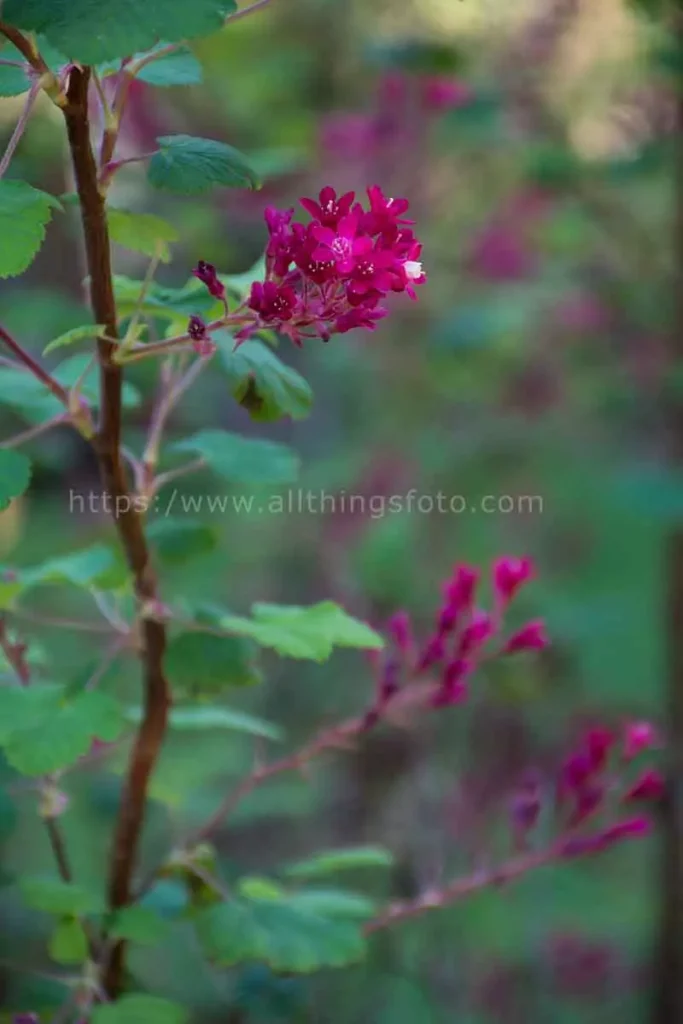
Contrast and Clarity
Contrast and clarity are also important aspects of editing. The clarity slider in your editing software can enhance or soften the details and texture of flowers. Increasing contrast and saturation can enhance drama and impart a dreamy quality to your shots.
Creative blurs and other effects can also be applied to further enhance contrast and detail.
Cropping and Framing
Last but not least, cropping and framing play a key role in the final look of your flower photos. Implementing the rule of thirds, trying out different photographic angles, and framing flowers against a clean backdrop are all strategies that can enhance the aesthetic appeal of your images.
During the editing process, remember to consider these aspects as well as the important thing.
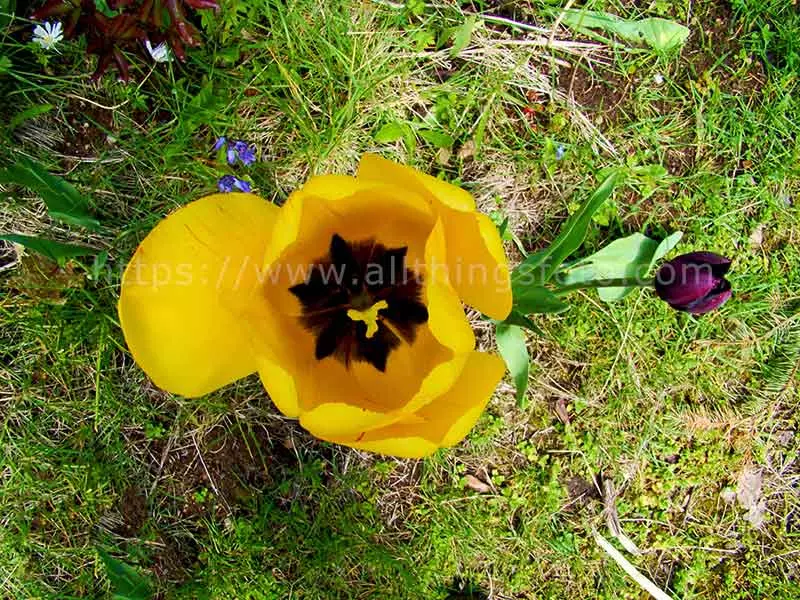
Capturing Garden Flowers in Different Seasons
One of the most beautiful aspects of flower photography is the opportunity to capture the changing seasons. Spring, summer, autumn, and winter each bring their own unique characteristics and challenges, requiring specific photographic approaches to capture their distinct qualities effectively.
Let’s delve into each season’s particularities and how to best immortalize their distinct beauty.
Shooting Garden Flowers In The Spring
Spring is a season of renewal, characterized by fresh blooms such as tulips, daffodils, and cherry blossoms. These flowers are sought after for their bright colors and fresh appearance, making them perfect subjects for spring garden photography.
When the earth thaws and the first buds emerge, seize the opportunity to capture the spring’s splendor with your camera.
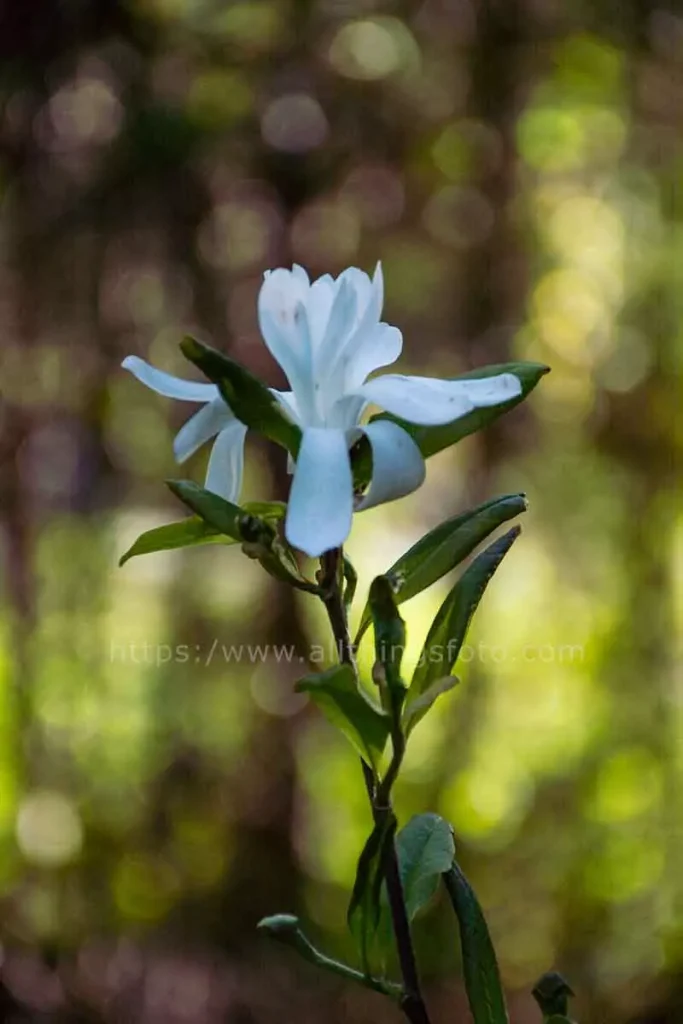
Capturing Garden Flowers During The Summer
As the seasons change and we move into summer, the flowers become even more vibrant. Sunflowers, dahlias, and cosmos showcase the full foliage and vibrant colors typical of summer flowers.
However, capturing these bright colors against the often overly bright summer light can be a challenge, requiring adjustments in camera settings or shooting at specific times of the day.
The Vibrancy Of Autum Colors
Autumn provides a unique opportunity for photographers with its distinctive color palette ranging from deep reds to vibrant yellows. The soft, golden light characteristic of autumn afternoons can cast a warm glow on garden flowers, amplifying their beauty.
As the leaves start to change color, seize the opportunity to capture the variety of textures and rich colors autumn offers.
Don’t Overlook The Winter Garden Flower Opportunites
Even in the depths of winter, there’s beauty to be found. The stark contrast and delicate structures of plants in winter offer a unique opportunity to capture serene and detailed images.
The cool and often overcast conditions emphasize the deep and subtle colors in the garden, bringing a unique earthiness to photographs.
Even when the mercury plummets, remember that the garden still holds captivating beauty, just like many other planted gardens on the ground.
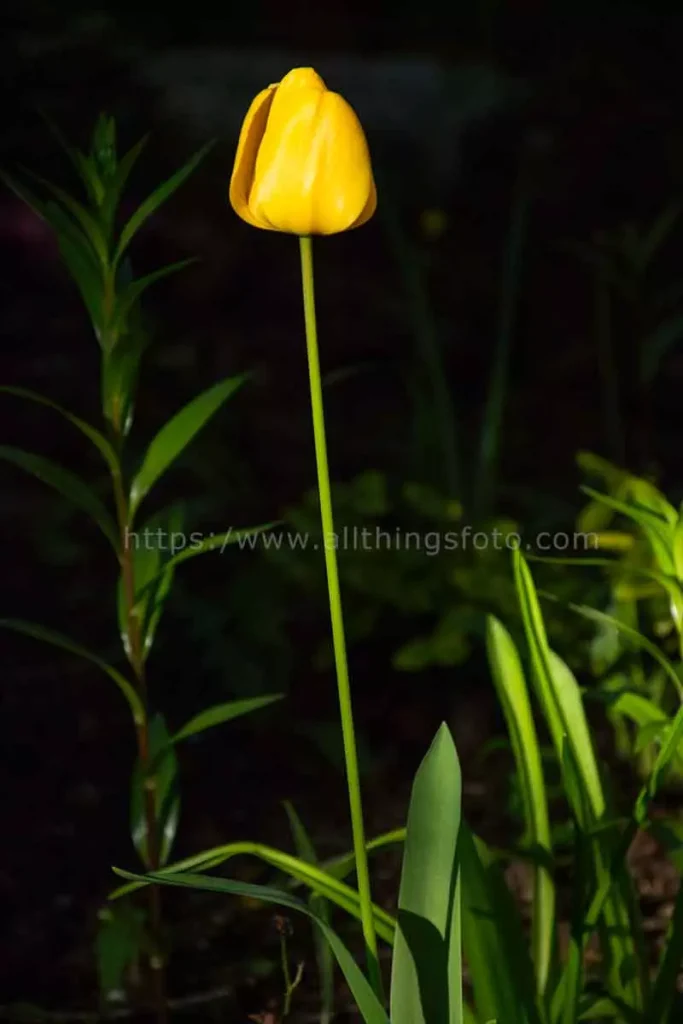
Summing Up Photography Tips For Garden Flowers
In conclusion, flower photography is an art form that requires a blend of technical skills, creative vision, and a deep appreciation for nature’s beauty. From understanding the best times for shooting, mastering camera settings, using natural light, to editing your images, every step plays a crucial role in capturing stunning flower photographs. So, the next time you’re in a garden, camera in hand, remember these tips and let the beauty of the flowers inspire you.
